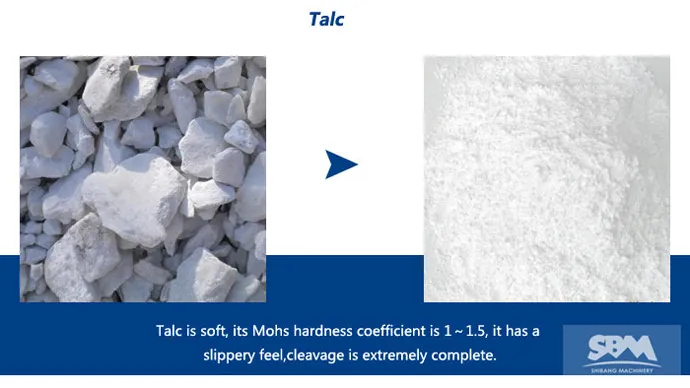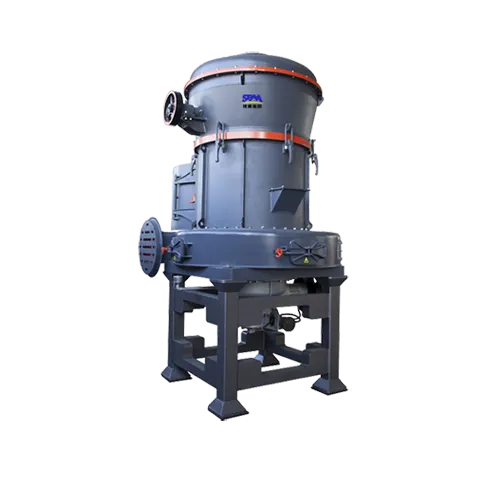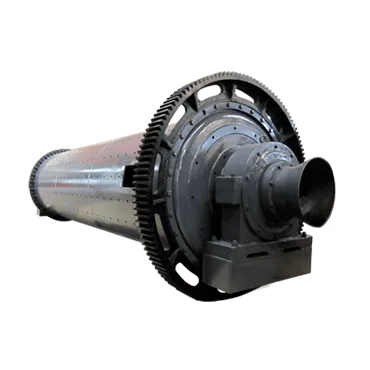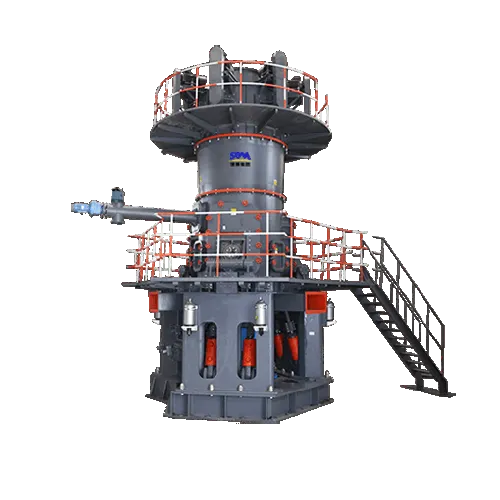What Is Talc
Talc is a common silicate mineral, belonging to a trioctahedral mineral, and its structural formula is (Mg6)[Si8]O20(OH)4. Talc is a hydrothermal alteration mineral. Magnesium-rich minerals often turn into talc through hydrothermal alteration, so talc often presents the illusion of olivine, enstatite, amphibole, tremolite and other minerals. Talc is one of the minerals. It is buried in the ground together with serpentine containing asbestos, so it often contains asbestos in its natural form. Talc is generally lumpy, leaf-like, fibrous or radial. It is very soft and has a slippery feel. Talc is soft, its Mohs hardness coefficient is 1~1.5, it has a slippery feel, {001} cleavage is extremely complete, it is easy to split into thin slices, the natural angle of repose is small (35°~40°), and it is extremely unstable. The rocks are silicified and talcized magnesite, magnesite, lean ore or dolomitic marble. Except for a few moderately stable, they are generally unstable. Joints and fissures are developed. The physical and mechanical properties of the ore and surrounding rock affect the mining process. The impact is great.
What Is The Feature And Usage Of Talc Powder
Talc has excellent physical and chemical properties such as lubricity, anti-sticking, flow aid, fire resistance, acid resistance, insulation, high melting point, chemical inactivity, good hiding power, softness, good gloss, and strong adsorption. Therefore, talc has a wide range of uses in cosmetics, medicine, papermaking, plastics and other fields.

Cosmetics Field
Used in various emollient powder, beauty powder, talcum powder, etc. It has the effect of blocking infrared rays, so it enhances the sunscreen and anti-infrared properties of cosmetics.
Medicine-food Field
Used as additives for pharmaceutical tablets, pharmaceutical powders (such as argafen powder), sugar coating, prickly heat powder, Chinese medicine prescriptions, food additives, release agents, etc. It has the characteristics of non-toxic, odorless, high whiteness, good compatibility, strong gloss, soft taste and strong smoothness.
Coating Field
Used for white body pigments and various water-based, oil-based, resin industrial coatings, primers, protective paints, etc. Increase the stability of the product shape.
Papermaking Field
It is used as filler for all kinds of paper and cardboard, wood asphalt control agent. It can achieve smooth and delicate paper, save raw materials, and improve the service life of the grease net.
Plastic Field
It is used as a filler for polypropylene, nylon, polyvinyl chloride, polyethylene, polystyrene, polyester and other plastics. Increase tensile strength, shear strength, bending strength, pressure strength, and reduce deformation.
Rubber Field
Used as anti-sticking agent for rubber packing and rubber products. Increase the stability of the product shape, increase the tensile strength, shear strength, bending strength, and pressure strength.
Cable Field
Used in cable rubber extender and cable isolating agent.
Ceramics Field
Used in the manufacture of electric porcelain, radio porcelain, various industrial ceramics, architectural ceramics, daily-use ceramics and enamels. It has the characteristics of no discoloration at high temperature, increased whiteness after calcination, uniform density, good gloss and smooth surface.
Waterproof material Field
Used for waterproofing membrane, waterproof coating, waterproof ointment, etc.
Talc Powder Production Process
Talc raw material composition analysis table (for reference)
| SiO2 | MgO | 4SiO2.H2O |
| 63.36% | 31.89% | 4.75% |
Remarks: Talc varies greatly from place to place, especially when the content of SiO2 is high, it is difficult to grind.
Mill Recommendation
| Powder fineness | 80-325 mesh | 325-2500 mesh |
| Machine recommendation |
MTW series European type Raymond mill | SCM series super fine mill |
| LM Series vertical roller mill | LUM series ultrafine vertical roller mill |
Remarks: 1. Recommend the mill model according to the output and fineness requirements;
The First Stage: The Crushing Of Raw Materials
The bulk material of talc is crushed by the crusher to the fineness (15mm-50mm) that can enter the mill.
The Second Stage: Milling
The crushed small pieces of talc are sent to the storage hopper by the elevator, and then sent to the grinding chamber of the mill evenly and quantitatively by the feeder for grinding.
The Third Stage: Classification
The ground material is classified by the classification system, and the unqualified powder is classified by the classifier and returned to the main engine for re-grinding.
The Fourth Stage: The Collection Of Finished Products
The powder that meets the fineness is separated and collected in the dust collector through the pipeline through the airflow. The collected finished powder is sent to the finished product silo by the conveying device through the discharge port, and then is packaged by a powder tanker or an automatic baler.


